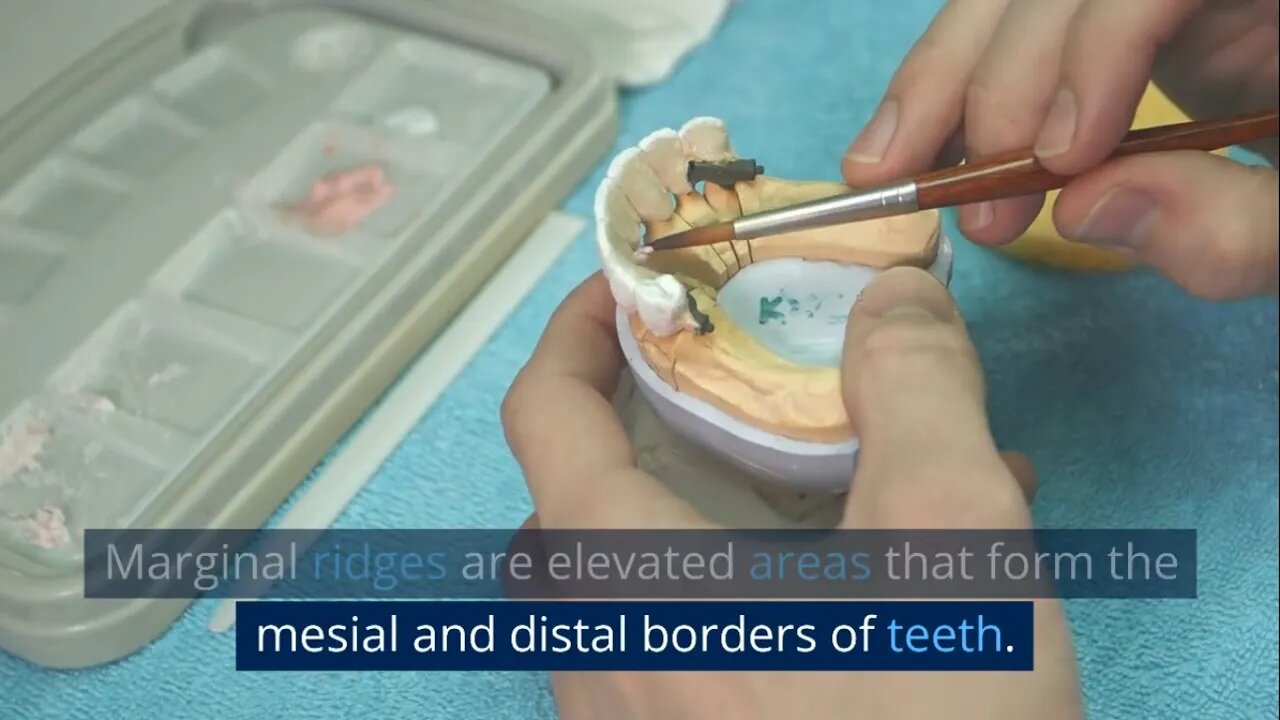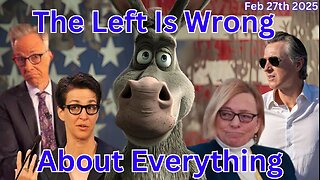Premium Only Content

Dental anatomy terminology |dental school
Hey, everyone, dr.Maaz here and welcome to my Dental Anatomy video series. This series is going to be all about the structure and function of teeth. So adults usually have 32 permanent teeth, but some people have more and some have less. The complete set of adult teeth is called the permanent dentition, distributed between an upper arch and a lower arch. The anterior teeth are the front six teeth in both arches. The posterior teeth are all the teeth behind those anterior teeth. Again, in both arches. Incisors are the front four teeth and therefore incising or cutting food. The upper incisors are arguably the most important teeth for smile aesthetics, and they also serve a function in phonetics producing f and V sounds. When they touch the lower lip, canines are getting closer to the corners of the mouth, and sometimes they're referred to as eye teeth because if you drew
a line straight down from the eyes, they would be pretty close to that line. They're longer and pointed for tearing food. The molars are for chewing, milling, and grinding food. And the premolars also contribute to chewing as well, but to a lesser extent because they're smaller. But they can definitely hold food as it's being chewed. Topics like tooth numbering and eruption dates are things covered in my basic dentistry videos. So I'm not going to go over them here, but I do want to go over conventions for tooth naming really quick. When we talk about a specific tooth in the series, we're going to start with which arch it belongs to maxillary upper or mandibular lower. Then we'll say if it's on the right or left side and finally what kind of tooth it is. So, for example, we would say for tooth number eight, that's the maxillary right central incisor. As part of this series, I'll go through each kind of tooth with you and look at the key landmarks and high yield features of each one from
canines. This one's interesting. All teeth are wider facial lingually than Mesio distille, except maxillary incisors and mandibular molars, which are wider mesodisty. All teeth have a facial height of contour in the cervical third, except mandibular molars, which have their height of contour in the middle. Third, all teeth have their lingual height of contour in the cervical third if it's an anterior tooth, or middle third if it's a posterior tooth. Except for those pesky mandibular second premolars, which have their lingual height of contour in the occlusal third. Generally, as you go distally and more posteriorly, the crown heights of teeth decrease. And for molars, the lengths of root trunks increase. Lingual embrasures are almost always larger than their facial counterparts, and that's to encourage the pushing
of food towards the tongue. All right, so with all of that background, we're now ready to dive in tooth by tooth. So stay tuned for the next videos in this series. That's it for this video. Thank you so much for watching. Please like this video if you enjoyed it and subscribe to this channel for much more on dentistry. If you'd like to support me, please check out my patreon page. And thank you to all of my patrons for their support. You can unlock access to my video slides to take notes on and practice questions for the board exams, so go check that out. The link is in the description. Thanks again for watching, everyone. I'll see you in the next video.
#Dental anatomy and physiology#Dental anatomy for beginners#Dental anatomy review#Dental anatomy tutorial#Identifying dental landmarks#Learning dental terminology#Tooth anatomy explained#Tooth morphology overview#Understanding dental structures#day in the life of a dental student#dental school#dental school lab
https://youtube.com/shorts/b0w2y_GtPog?feature=share
#dental school life #dental school major.#dental school vlog
-
 47:26
47:26
BonginoReport
4 hours agoEpstein Files Drop Today-But How Much Will They Reveal? (Ep.149) - 02/27/2025
94.8K120 -

Wendy Bell Radio
6 hours agoThe Left Is Wrong About Everything
71.2K44 -
 29:05
29:05
CatfishedOnline
20 hours ago $3.48 earnedThe Real Jennifer Aniston or Another Romance Scam?
34.8K9 -
 34:44
34:44
LFA TV
5 days agoMIRACLES DO HAPPEN!
65.5K3 -
 16:43
16:43
T-SPLY
5 hours agoCNN Panel Member Forgets Donald Trump Runs The Military
40.1K20 -
 31:13
31:13
World Nomac
1 day agoAMERICAN visits IRAN for 10 days (this is what I found) 🇮🇷
36.6K4 -
 1:03:55
1:03:55
The Tom Renz Show
11 hours agoBongino In At FBI & Is Factory Meat Made of Cancer?
40.6K7 -
 7:03
7:03
Dangerous Freedom
19 hours ago $0.82 earnedBest Tiny Budget Red Dot? (Honest Review - Gideon Optics Judge).
23.5K2 -
 10:32
10:32
ariellescarcella
15 hours ago"Being Trans Made Me Gay" : Hormone Science Explained
33K12 -
 1:02:09
1:02:09
PMG
11 hours ago $2.13 earnedTrump to BAN the COVID Vaxx?! mRNA in Your Organic Meat?! w/ Kim Bright
20K5